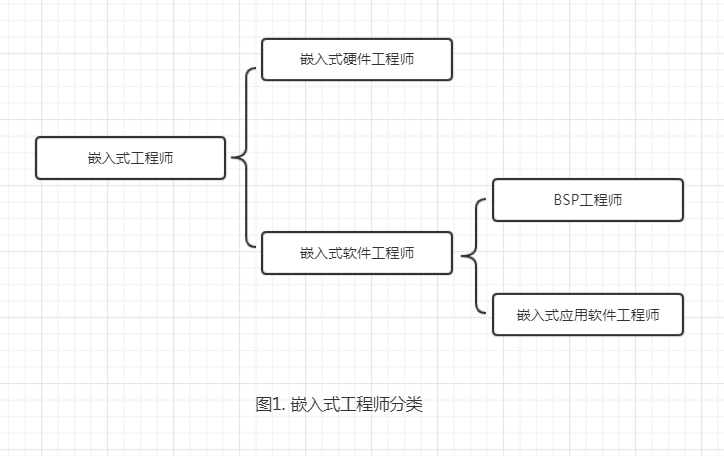1. Embedded Systems
<span>Embedded System</span>) is a computer system that is embedded within mechanical or electrical systems, designed for a specific function and real-time computing performance.2. Embedded Engineers
-
Designing the hardware schematic of embedded systems and using relevant tools to draw the PCB diagram; -
Later collaborating with embedded software engineers to debug the system.
-
BSP engineers -
Embedded application software engineers

3. BSP Engineers
<span>Board Support Package</span>, means Board Support Package in Chinese.So what is a board support package?
What are the specific tasks of a BSP engineer?
1. Bring Up the Board
2. Enable All Devices on the Board
3. Develop Application Programs for the Board
4. Skills Required for BSP Engineers
Knowledge of Computer Principles
Knowledge of Hardware and Circuit Principles


With the New Year approaching, there is just over a month left. The Breadboard Community, as in previous years, is starting the year-end couplet activity.
As usual, write couplets, requiring originality and relevance to the electronics industry.
Activity Rewards:
4 pairs of “Best Couplets”, each rewarded with a 100 yuan JD E-card.
5 pairs of “Excellent Participation”, each rewarded with a 30 yuan JD E-card.
How to Participate:
Click “Read the original text” in the lower left corner and reply to the post!
